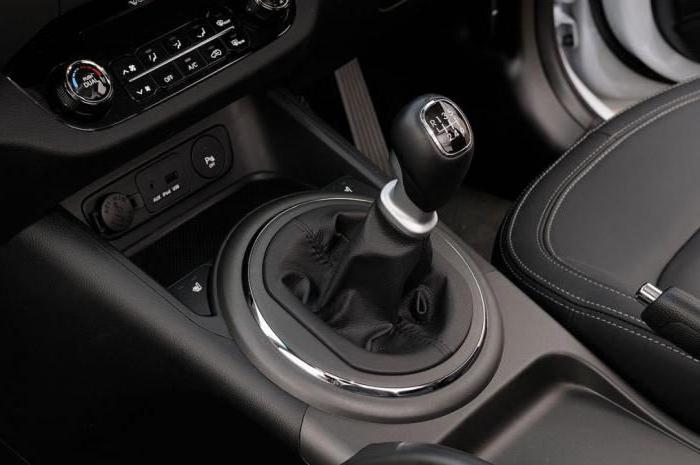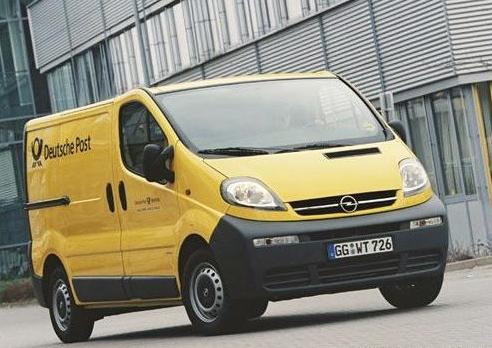What is display advertising and how does it differ from contextual advertising?
Going to various sites in search of information,we often see blinking pictures, pop-ups or links to various resources before our eyes. All this in the language of professionals is called "display advertising." A banner is not only a hyperlink to the advertiser's site, but also visual information for the purpose of improving the rating and image of the company or, in other words, creating a brand with the help of purposefully placed data.

The filling of a banner can be various: from a usual photo or a logo to the animated image with superimposition on it of the text which can vary, creating any actions.
Media ads are placed on relevant search resources or on designated banner sites.
The big plus of a banner is a low price forcompared with analogues and a much larger range of audiences. That is why media advertising is most profitable and productive, and also helps in solving tasks such as information and PR campaigns.
For the banner to be the most effective, you needDo it so that it had an attractive appearance, but it did not look too lurid and bright; information should be submitted in such a way that the image and text of advertising are well remembered and informative.

There are two types of banners: usual ones, made in the format .Jpeg or .Gif, and created on the basis of Flash and Java applications, which allow adding sounds or video.
Advertising banners are of the following types:
- informational - they simply convey the relevant information about the product or service;
- image - create in the target audience pleasant emotions associated with the advertised product, increase the recognition of the trademark.
The most popular formats are: Pop-Under, Top-Line and Rich-Media.
Advertising banner made with technologyPop-Under, appears in a new window, rather than embedded in the page being viewed, which does not irritate the user at all. Also, this technology supports the use of not only conventional formats, but also allows you to embed sound and video into the banner. The advantage of using them is that they do not have restrictions on size and design, you can activate the window with advertising only when the elements have loaded completely, the requirements for the design of sites that are selected as advertising platforms are very low.
Top-Line technology is used in the event that you need to promote any brand of goods. Banners are very popular due to the large size and location in the header of the site.

Media-contextual advertising is a methodpromotion on the Web, which consists in the coincidence of the advertised materials with the users' requests. Such advertising is designed to help find the information you need on the topic.
Contextual and display advertising can be of two types: thematic and search.













